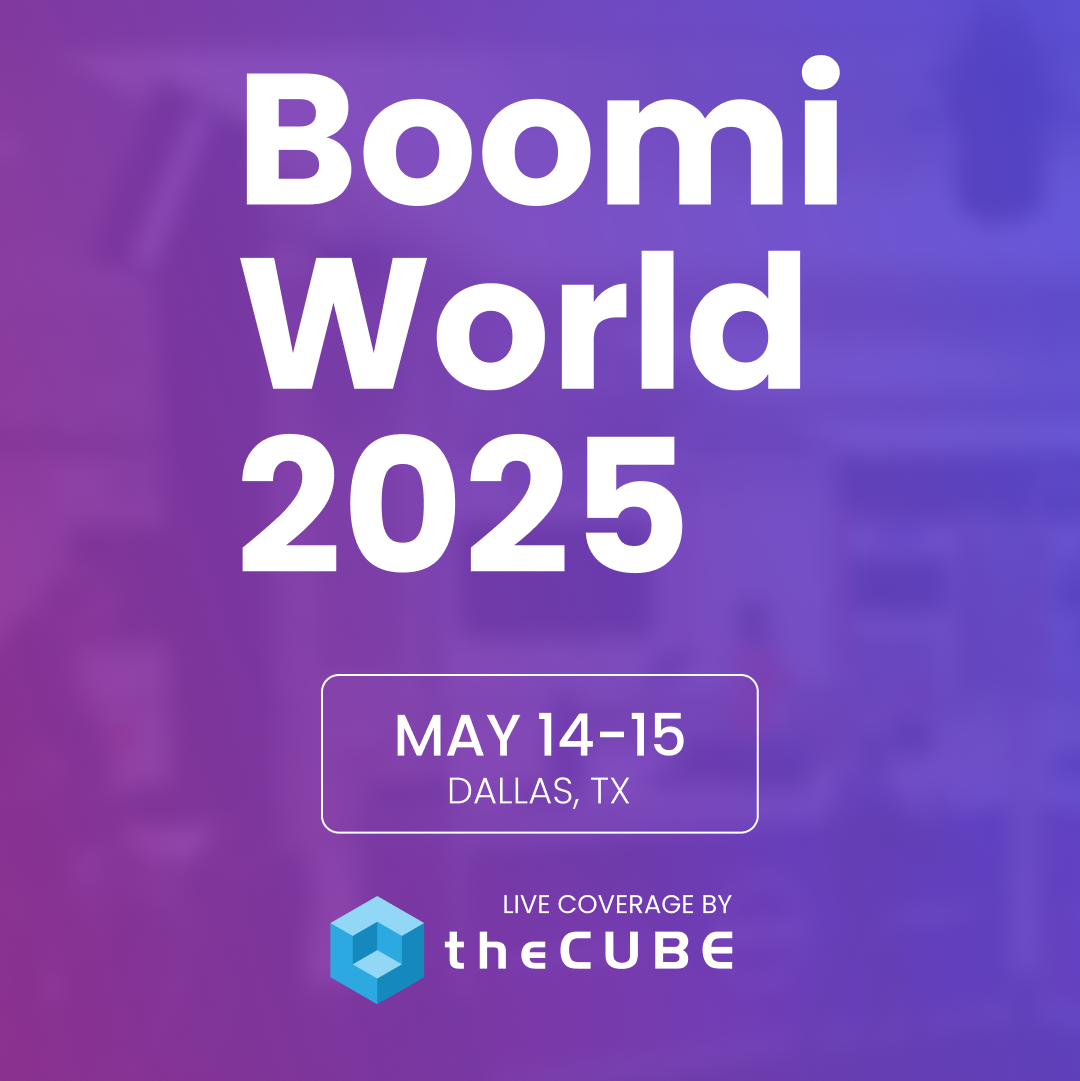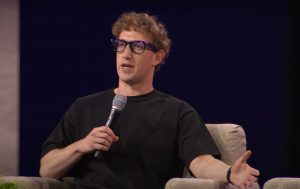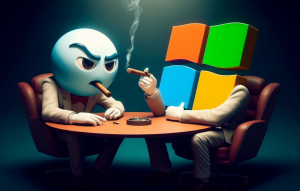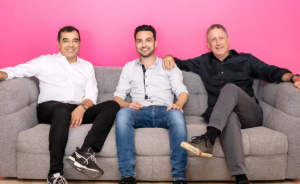Cisco Might Have Big Issues – Rip & Replace Verses Incremental Improvement
Let me get this out of the way. I have been a big fan of Cisco for many years. I have friends who work there and have friends who have sold companies to Cisco. I admired Cisco’s leadership in the Web 1.0. Recently, I’ve been down on Cisco for their strategy of locking infrastructure in for their own gain at the expense of their customers. Some in the business call this the end-to-end architecture. I’ve stated before I don’t think Cisco is positioned well for the Web 2.0 and beyond. Others have talked about how other companies have scaled up and ended up out of position for future growth – a case studying highlighting Cisco’s issues.
Cisco puts out big plans and glorious hyped-up press releases which their CEO John Chambers adds to it with great flair and salesmanship. I am investigating Cisco’s historical promises in their press releases verses what they actually delivered on (that blog post should be interesting).
Market Shifts Are Relevant to Developers, CIOs, Enterprises, and Service Providers
We are moving into a market where business models and technology models are shifting fast. This requires companies like Cisco to be faster and requires their customers to be very strategic in IT buying. We’ve been talking about this as “The Consumerization of IT”. The consumerization of the IT and cloud environment is putting pressure up and down the stack for more performance, software updates, security, and intelligence. This paradigm is changing the face of networking and the products required to support high performance, open, and dynamic networks.
Keywords of the past like faster networks and servers, and total cost of ownership are not being replaced with new kyewords like faster deployment, faster integration, faster apps, and faster time to value. In an article today by analyst firm Wikibon senior industry analyst Stu Miniman writes about Cisco’s strategy dilemma – rip and replace.
According to a published blog report from research analyst firm Wikibon, the current network topologies are inadequate to meet the flexibility and scalability demands of burgeoning virtualized data center environments. New switches and new network architectures are emerging that transform the data center to Infrastructure 2.0. Users should be aware that moving to this new environment is a disruptive, rip and replace initiative that requires substantial planning. Despite this caveat, a modernization process provides the opportunity to streamline current siloed infrastructure spanning network and servers in a virtualized context.
Cisco Approach Verses Their Competitors – IT Managers and CIO Take Note
Here is the money quote from Wikibon
Cisco, HP and Juniper have dramatically different approaches to architecting nextgen networks. In short, Cisco wants to maintain its substantial lock-in advantage, HP wants to bomb pricing and Juniper wants to disrupt everything so it can steal share. Customers should understand that no matter which path they choose for virtualizing networks, they must plan for disruption and look toward developer-friendly, multi-vendor, best-of-breed solutions to minimize lock-in.
Customers considering updating their systems need to balance their asset management cycles (installed base), technology cycles (adopting innovations such as Nexus or non-Cisco) and business cycles (especially capital budgets). As such, it is recommended that customers pilot the new configurations to determine the impact of new architectures on their stack and on change control and management practices.
Conclusions
All vendors are racing to bring virtualized networks to market and migration to the new paradigm is inevitable. Cisco, HP (3com) and Juniper all have solutions in various stages of readiness. Cisco is the big dog and has the most to lose in a transition phase. Network managers should avoid expensive extensions to existing networks and implement trials of the new paradigm. They should make the planning assumption that the business case for migration to a 2-tier architecture will become overwhelming in the next two to three years. Rip and replace decisions are not easy choices for customers and expose Cisco in particular to transitional risks. These are three key developments that observers should watch for indicators of success in the coming transition:
1. Cisco’s ability to affect rapid adoption of converged network, compute and storage architectures with UCS and FCoE
2. HP’s skill at delivering a truly converged offering of networks, servers and storage to become the clear number two player
3. Juniper’s capacity to leverage an ecosystem of cloud service providers to reach enterprise customers
My Angle
Cisco has a big push in video and I hope to see it be a architecture that innovates and enables developers to thrive while not requiring their customers to “rip and replace” their infrastructure. For the novice “rip and replace” is vendor language for “throw away millions in spend hardware and software (which was sold to deliver certain benefits under a payback financial model) with new more expensive stuff (which increase the vendors revenue numbers and costs millions more for customers)”. In IT technology circles “rip and replace” means “rape and pillage”.
Cisco big dilemma is – are they (Cisco) the mainframe vendor of the new generation of cloud infrastructure and software or can they (Cisco) be the PC with higher performance at lower price point. If Cisco wants to be the latter they can’t offer any “rip and replace” strategies. They need to find a better model. From what I’m seeing their competitors (like Juniper) are doing the new way of leveraging existing investments to provide new value not “rip and replace”.
Here is the full post from Wikibon – Cisco’s Rip and Replace Dilemma, Written by Stu Miniman
A message from John Furrier, co-founder of SiliconANGLE:
Your vote of support is important to us and it helps us keep the content FREE.
One click below supports our mission to provide free, deep, and relevant content.
Join our community on YouTube
Join the community that includes more than 15,000 #CubeAlumni experts, including Amazon.com CEO Andy Jassy, Dell Technologies founder and CEO Michael Dell, Intel CEO Pat Gelsinger, and many more luminaries and experts.
THANK YOU













